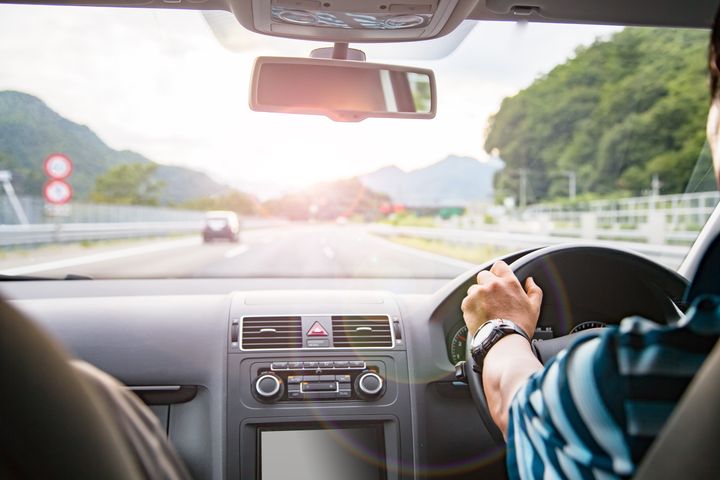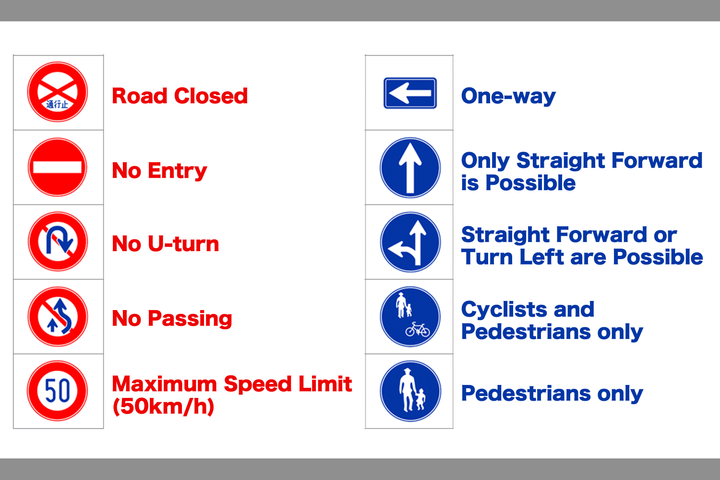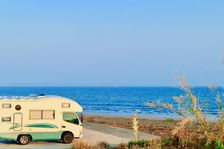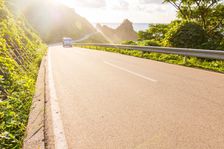

10 Things Foreign Visitors Need to Know Before Driving in Japan
About two and a half years after COVID-19 spread worldwide, the news was announced that Japan will resume accepting foreign visitors to Japan.
I think there are many people from overseas who are considering traveling to Japan because of the weak yen around the world. Also, due to changes in lifestyle, driving tourism, in which people enjoy nature and food all over Japan, while avoiding the crowds, will become more popular than the style of travel that is concentrated in urban areas.
Here are 10 things you should know about driving in Japan.
*Please read this column about how to drive a RV campers
(1) You need an International Driving Permit (IDP) to drive in Japan

According to the Road Traffic Law, in order to drive in Japan, one must possess one of the following three patterns: (1) a Japanese license, (2) an international driver's license based on the Convention on Road Traffic (Geneva Convention), and (3) a license issued by a country or region that has a license system that is recognized as being at the same level as that of a foreign country with regard to driving a motor vehicle or motorized bicycle (Limited to those accompanied by Japanese translations prepared by persons specified by Cabinet Order.).
(2) are so-called "International Driving Permit (IDP)", which differ in style from country to country. It is issued by police stations in each country, and you can drive in Japan within the validity period of one year. It can't be issued in Japan, so make sure to get it in your country in advance.
(3) is the country, Taiwan, Switzerland, Germany, France, Belgium, Monaco. In these countries, even if you do not have an international driver's license, you can drive in Japan if you attach an official translation in addition to your own license. Translations can be obtained at embassies as well as license issuing agencies.
(2) The road travels in the "left" lane

(3) The driver's seat of Japanese cars is on the "right" side

The steering wheel of a Japanese car is on the right side as you drive in the left lane. There is a headlight switch on the right side of the handle and a wiper switch on the left side. The gearshift lever and the emergency brake are often on the left side. It's the opposite of most cars in the US and Europe, so please be sure to check before you drive.
(4) Pedestrians and cyclists have priority over cars

(5) Be sure to fasten your seat belts in both the front and back seats.

In Japan, it is a rule that not only the driver's seat but also the front passenger seat and the back seat must wear seat belts. In the case of a camper, it may be difficult to figure out how to take out the seat belt in the back seat, so please make sure to check before you leave. Please use a child seat for your child.
(6) Drinking and driving is prohibited

Drunk driving has been strictly punished in Japan since 2009. Driving under the influence of alcohol (0.25 mg or more) is punishable by up to 3 years in prison or a fine of up to 500,000 yen, while driving under the influence of alcohol is punishable by up to 5 years in prison or a fine of up to 1 million yen. In the case of drunk driving, not only the driver but also all passengers may be charged with a crime. Therefore, you should never drive after drinking alcohol.
(7) Avoid using your smartphone or car navigation while driving

In the past few years, there has been an increase in the number of cases where using a smartphone distracts drivers and leads to accidents. You'll want to use your SmartFins while you're on the go, whether it's Google Maps, calling, or chatting, but be sure to do so while it's stopped. Also, you should avoid car navigation when you are stopped and it is dangerous to operate while driving.
(8)The traffic lights mean "red stops," "yellow stops" and "green goes"

The traffic lights in Japan are arranged side by side, and the meanings of the colors are the same as those in the world. Be sure to follow the instructions of the signal while the bus is running.
・Red: Must stop. Please park following the stop line. If there is a green arrow as shown in the image above, you can move in that direction. You can turn right for the picture. Please note that there may be a dedicated lane when you turn right and left.
・Yellow: If it can be stopped, it must be stopped. If you exceed the stop line, proceed as it is.
・Green: Can proceed. Please proceed while paying attention to the distance to the car in front of you. A car may turn right and left. When turning, pedestrians and bicycles have priority as described above, so please make sure to stop and check carefully before proceeding.
(9) There are two types of expressway entrances: ETC lanes and general lanes

There are 2 types of entrances of the expressway, purple "ETC only lane" and green "general lane". If you have already inserted your ETC card, you can enter the ETC lane, and the tollgate bar will go up smoothly and you will be able to pass. On the other hand, if you enter the ETC lane without an ETC card, the bar at the tollbooth will not go up, so please stop and wait for instructions from the staff, instead of rushing to go backward. If you do not have an ETC card, please enter the regular lane and pay by cash or credit card.
(10) Remember these 10 street signs!

Here are 10 of the most common road signs. If you don't follow it, it will lead to a violation, so please make sure to check it. The Chinese character for stop means stop, so be especially careful where you stop. For more detailed road signs, please check the JAF website.
How was everything?
There are a lot of similarities in the world's traffic rules, but here's a look at some of the differences.
Keep the rules down and enjoy driving in Japan!
*Please read this column about how to drive RV campers





















